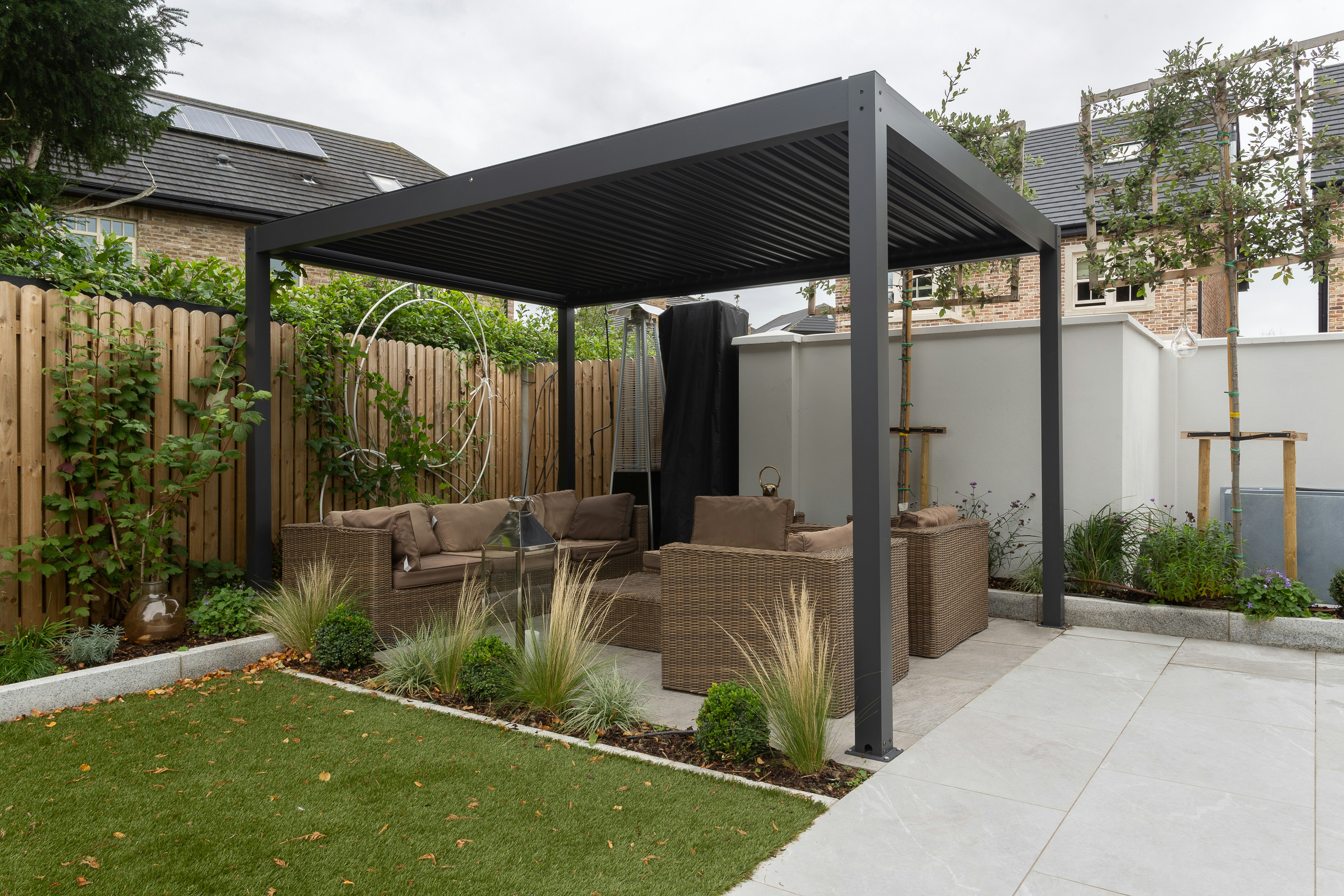"Resilient Design: The Future of Home and Garden Spaces"
Introduction: Imagine a home that thrives in any climate, withstands natural disasters, and still manages to be a charming, comfortable space. Welcome to the world of resilient design – a groundbreaking approach to home and garden planning that marries aesthetics, functionality, and sustainability.

A Glimpse into the Journey of Resilient Design
Resilient design isn’t a fresh concept. It has its roots in the age-old practices of indigenous cultures who built homes and communities that withstood the test of time and extreme weather conditions. However, the concept has gained renewed attention in the face of climate change and increasing environmental disasters.
Embracing Resilience in Modern Aesthetics
Today, resilient design extends beyond just being disaster-proof. It’s about creating spaces that are beautiful, functional, and sustainable. This involves using durable materials, energy-efficient appliances, and designs that can adapt to changing environmental conditions. For instance, using natural light effectively, employing water conservation strategies, or having a garden that can thrive in both drought and flood conditions.
The Practicality of Resilient Design
Resilient design isn’t just for those in disaster-prone areas. It’s a practical choice for anyone interested in long-term sustainability and lower maintenance costs. By designing homes that can withstand extreme conditions, homeowners can reduce their reliance on external resources and be better prepared for uncertain future scenarios.
Market Trends and Daily Living Enhancements
The real estate market is witnessing a growing demand for resilient homes. Buyers are increasingly prioritizing features that offer long-term cost savings and environmental sustainability. Plus, resilient design enhances daily living by creating spaces that are comfortable, adaptive, and stress-free.
The Future of Resilient Design
As we move forward, resilient design will continue to evolve and shape our living spaces. It’s not just about building homes that can survive disasters, but about creating spaces that can adapt and thrive in changing climates. This involves a deeper understanding of local environmental conditions, innovative use of materials, and a shift in our perception of what a home should be.
In conclusion, resilient design is a powerful blend of aesthetics, functionality, and sustainability. It offers a fresh perspective on how we can design our homes and gardens to be not just beautiful and comfortable, but also durable and adaptable to the changing world. By embracing resilient design, we can create living spaces that are truly designed for the future.




